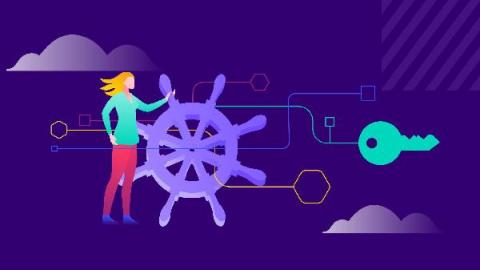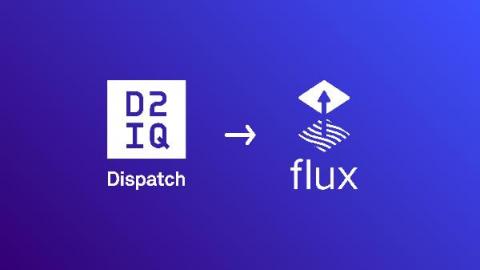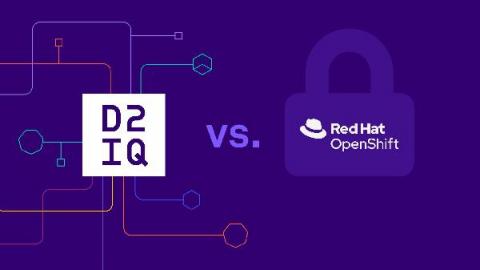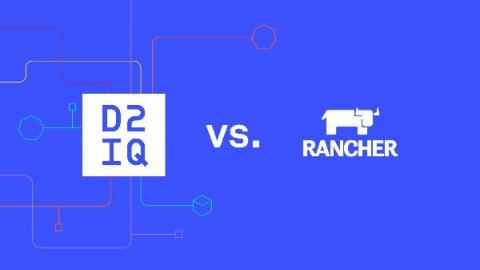Container Craziness: Meet us This Fall to Unlock the Knowledge of the Future of Enterprise Kubernetes
Gartner predicts that by 2022, more than 75% of global organizations will be running containerized applications in production, which is a significant increase from fewer than 30% today. Kubernetes is the future-proof solution that is going to provide flexibility, power, and scalability to improve productivity for the modern enterprise. It’s the key to modernization in a world moving at warp speed.











